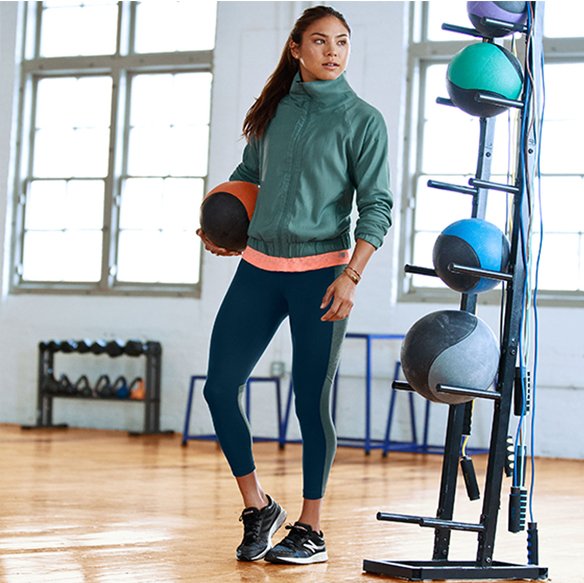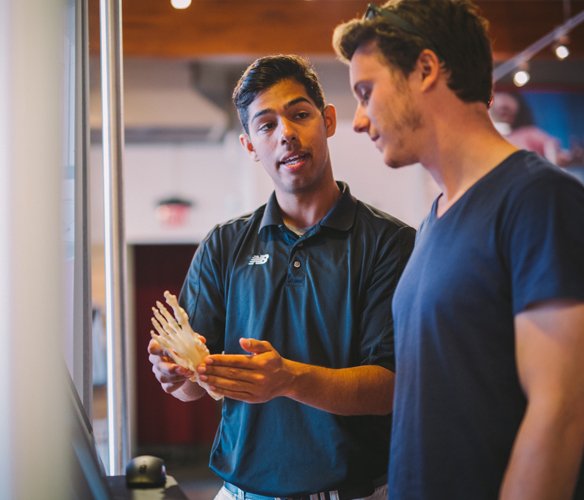The Four Most Common Footwear Mistakes (and How to Avoid Them)
1. Size.
Measure Every Time. It is no question that correctly fitted footwear can prevent long term foot problems, so sizing is critical to the overall fit. This is why we emphasize measuring both feet and accommodating the larger foot allows for the best result.
Shoes should fit comfortably from the start. Chances are if there is even a small rubbing or irritation while trying them on, the problem will only intensify later.
Numbers are Relative. Different styles and types of footwear can also affect the right size for you. For example, you might love your 990’s in a size 10, but a hiking boot with waterproof lining might feel too tight, in which case you’ll want to jump up a half or full size. Also, foot size changes with age, weight change, and other factors so what you may have worn in the past or in another brand, might not be the same for our shoes. Don’t worry, we’re here to size and guide you into the best fit, every time.
Avoid this Mistake. Other than getting sized and fitted, a good ‘rule of thumb’ for a proper fit is to have the longest toe anywhere from a thumb’s width to no touching from the end of the shoe - you should be able to wiggle your toes! The forefoot should not be crowded and should not stretch over the sides of the shoe either.. Other than getting sized and fitted, a good ‘rule of thumb’ for a proper fit is to have the longest toe anywhere from a thumb’s width to no touching from the end of the shoe - you should be able to wiggle your toes! The forefoot should not be crowded and should not stretch over the sides of the shoe either.

2. Function.

You wouldn’t wear high heels on a hike, right? The same applies for cross trainers, walking shoes, and running shoes. Although depending on the person’s foot structure, some styles can be used for different activities, but it isn’t always wise to do so. Using different shoes for different activities is the best way to keep your feet healthy and your shoes lasting longer too.
Avoid this Mistake. Rotate your shoes based on activity.
3. Lifetime.
Shoes Don’t Last a Lifetime. Like Forrest Gump’s mama said, “You can tell a lot about a person by their shoes, where they going, where they been.” Like Forrest, you’ll wear a lot of shoes in your life, but that doesn’t mean that each pair should or would last a lifetime. This is why it is important to know when to hang ‘em up or designate the old pair for yard work only.
Although, there isn’t an exact expected lifetime of a shoe, there are several variables that can affect the wear of your shoes, including level and frequency of activity and the environment in which the shoes are both used and stored.
Avoid this Mistake. Again, rotating your shoes based on activity is a good way to extend the lifetime of each pair. Cleaning and spraying your shoes with waterproofing spray can help guard against outdoor elements. Next time you’re in the store, ask about our shoe cleaning product line.
4. Structure.
Matching Foot Structure with Proper Footwear. We discussed how important sizing is in finding the right fit, but another important element is understanding your foot structure. With a pressure scanner, we can see the arch type and areas of the foot that are experiencing the most pressure. With this information, our Fit Specialists can analyze the foot structure and present the best type of support for you.
Insoles Really Make a Difference. When you need a little bit more support to take you the extra mile, insoles can truly make the difference. Whether it's support on the arch or a heel cup to add stability, insoles are game changers when it comes to support and comfort. Wearing the correct insole based on your foot structure is very important.
All Socks Are Not the Same! This is a myth that needs to be busted. Technology in socks has come a long way, so don't develop blisters and hot spots from tired socks. Try moisture management socks that wick away sweat to keep your foot cool and dry. Trust us, there's nothing better than fresh socks.
Avoid this Mistake. Don't purchase shoes based off of the appearance. Understand your foot structure and select the best type of shoe you should wear by having your feet scanned and analyzed. Use insoles and socks to provide maximum support and comfort.



